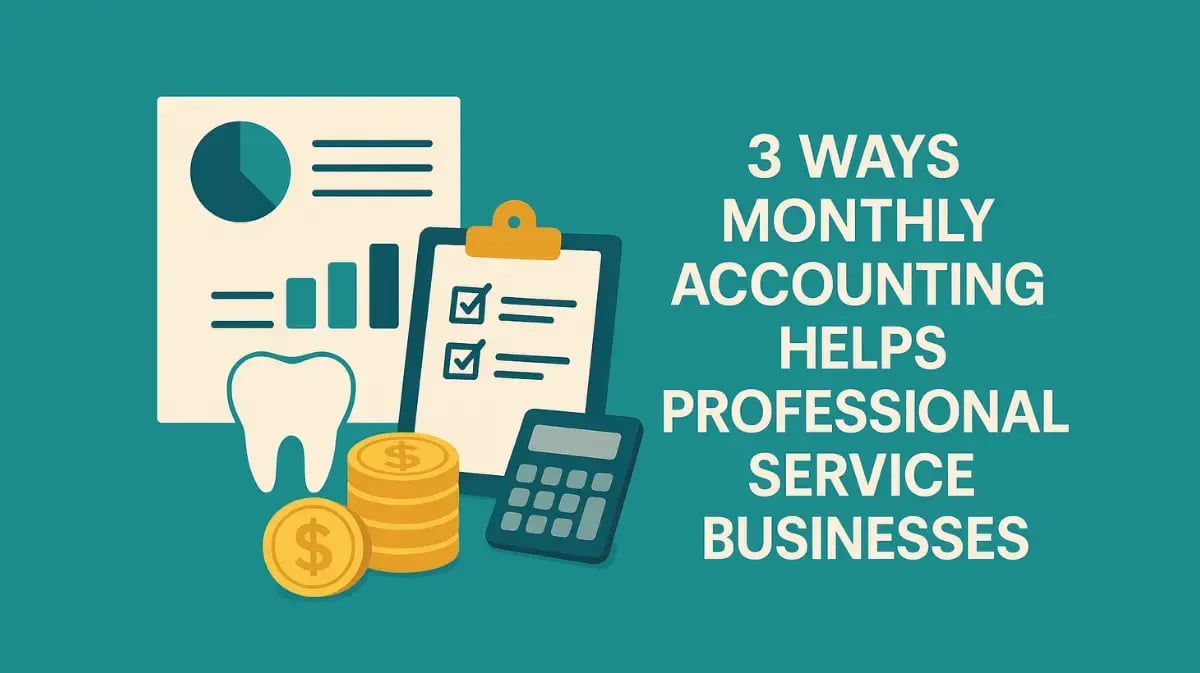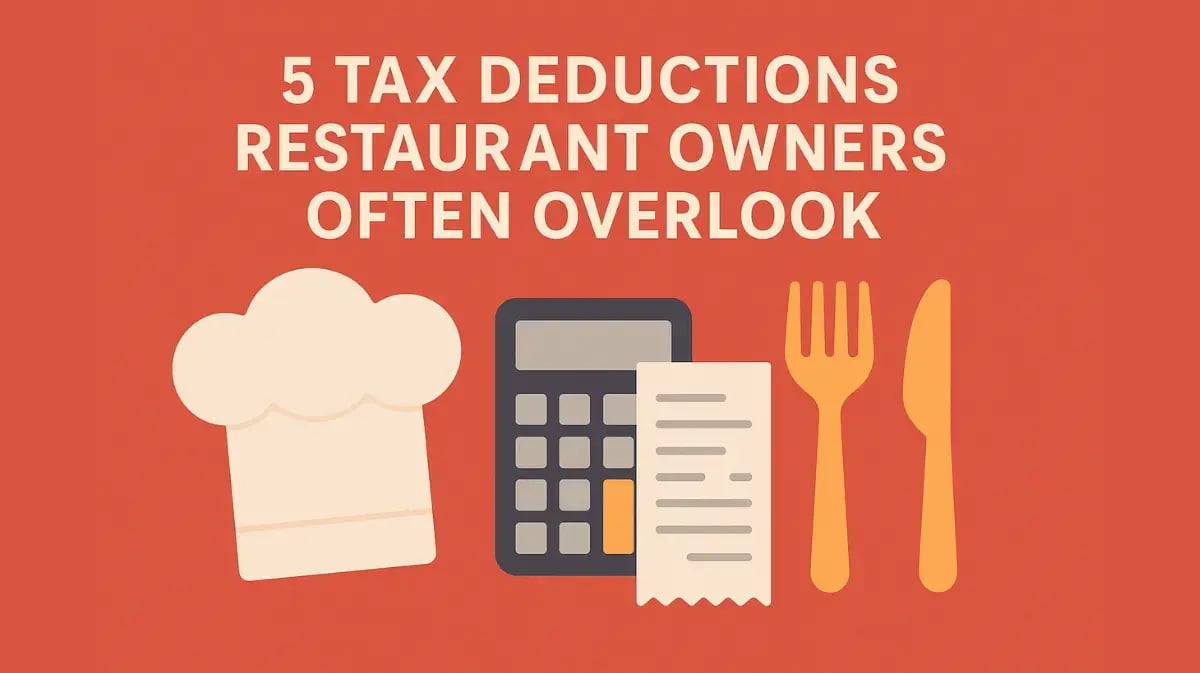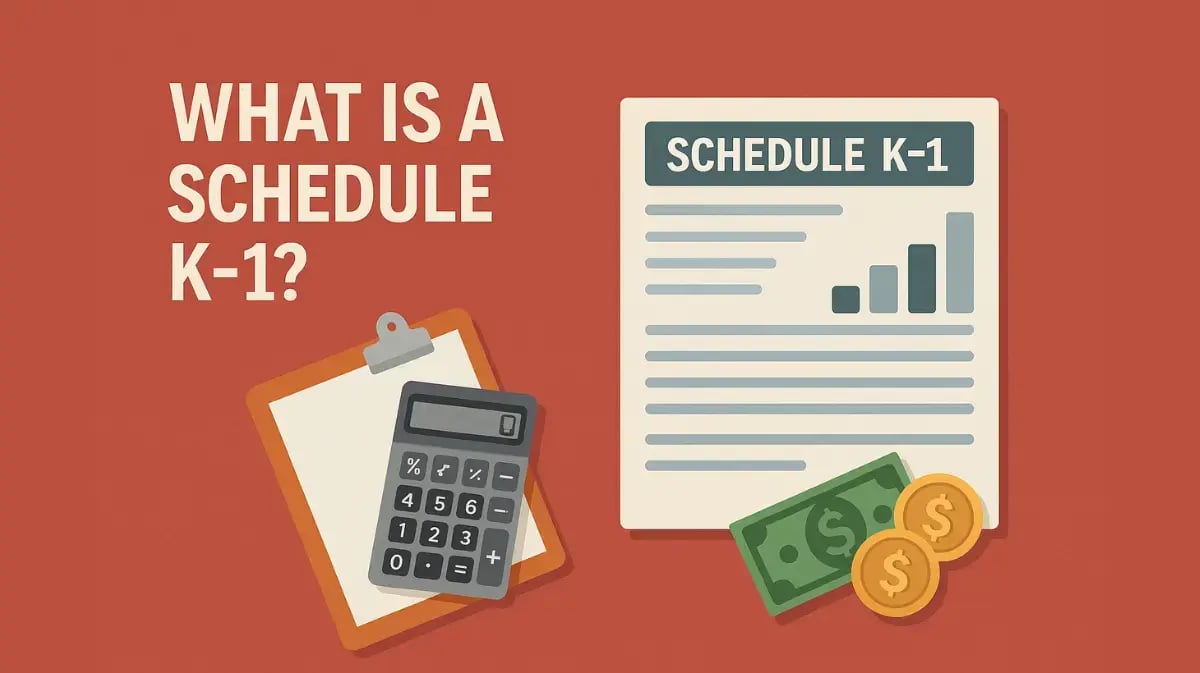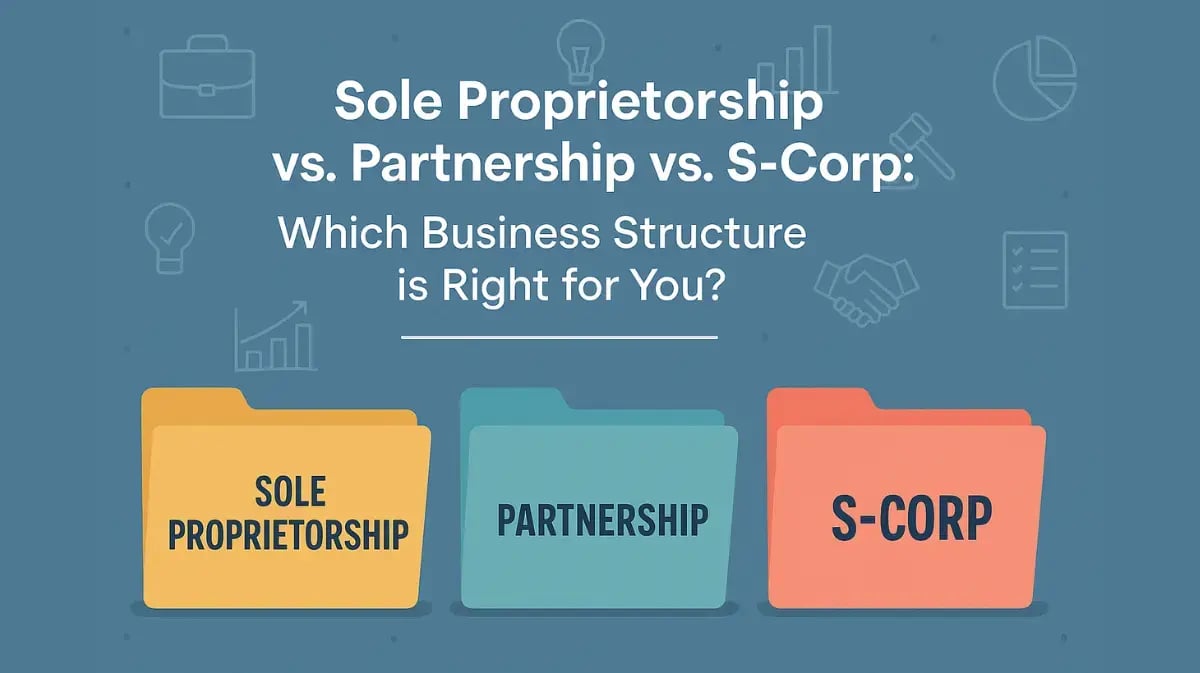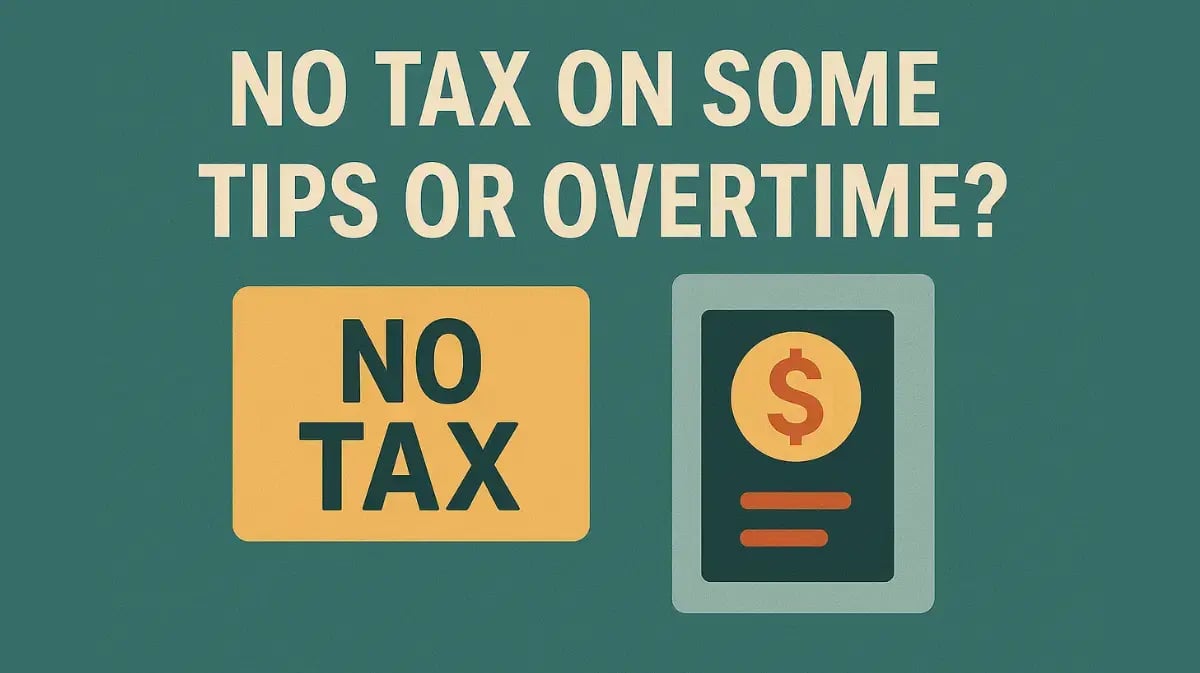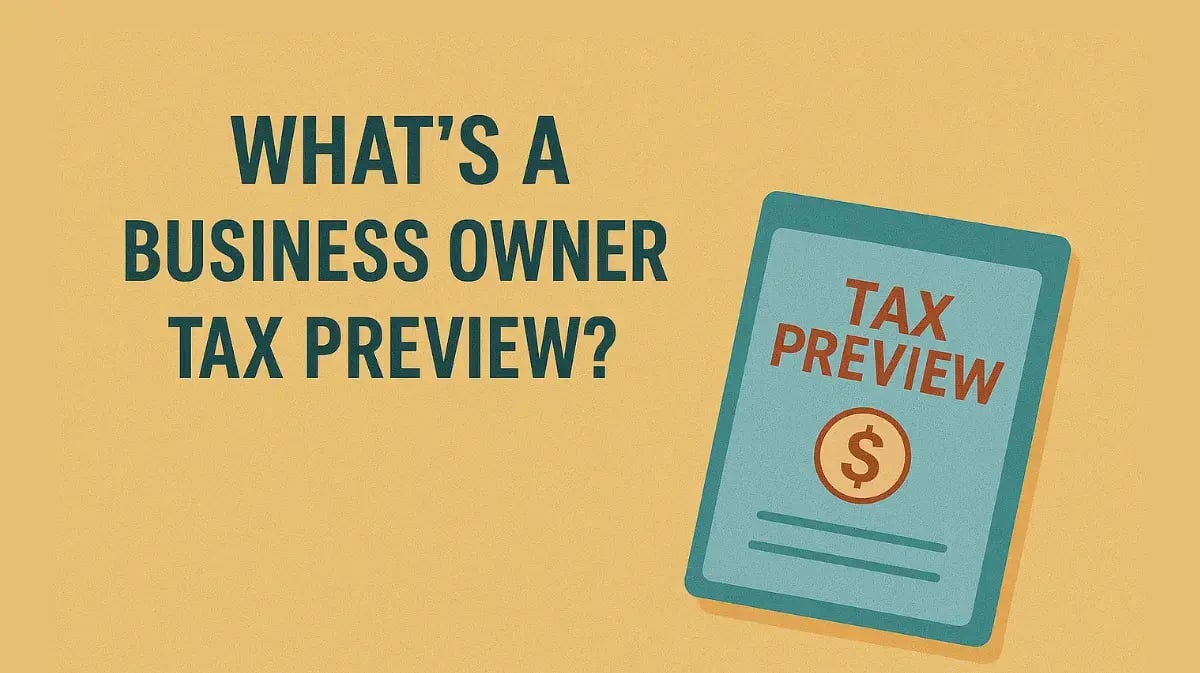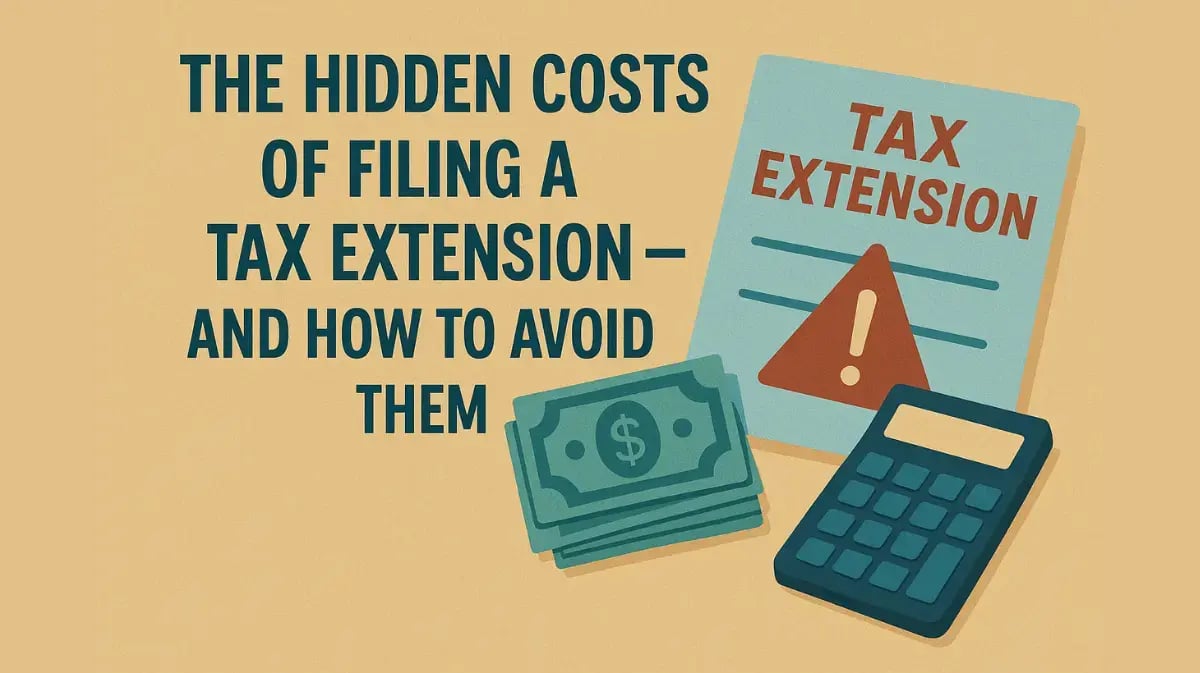IRS Explains the Differences Between Tips and Service Charges
September 23rd, 2024
3 min read

Employers in restaurants, hotels, casinos, and other service industries must comply with the tax rules associated with tips. To assist them, the IRS issued a fact sheet that explains the differences between tips and service charges for tax purposes. This article discusses what employers and employees need to know.
Are the Payments Discretionary?
The IRS emphasizes that tips are discretionary (optional or extra) payments determined by a customer that employees receive from customers. Tips include:
- Cash tips received directly from customers
- Tips from customers who leave a tip through electronic settlement or payment (this includes a credit card, debit card, gift card, or any other electronic payment method)
- The value of any noncash tips, such as tickets or other items of value
- Tip amounts received from other employees are paid out through tip pools, tip splitting, or other formal or informal tip-sharing arrangements
In general, the following factors characterize a payment as a tip:
- The payment must not be compulsory.
- The customer must have the unrestricted right to determine the amount. For example, the customer can leave 15%, 20%, or some other amount — or nothing.
- The payment shouldn't be the subject of negotiation or dictated by employer policy.
- The customer should generally have the right to determine who receives the payment.
"Absent these factors, the payment is likely a service charge," the IRS stated.
Service Charges Are Required by Customers
Amounts an employer requires a customer to pay are service charges. This is true even if the employer or employee calls the payment a tip or gratuity. Examples of service charges commonly added to a customer's check include:
- Large dining party automatic gratuity
- A banquet event fee
- A cruise trip package fee
- Hotel room service charges
- Bottle service charges at nightclubs and restaurants
Generally, service charges are reported as non-tip wages paid to the employee. Some employers keep a portion of the service charges. Only the amounts distributed to employees are non-tip wages.
Reporting Requirements for Tipped Employees
Employees must report to their employer all cash tips received, except for monthly tips that total less than $20. Cash tips include tips received from customers, charged tips (credit and debit card charges) distributed to the employee by his or her employer, and tips received from other employees under any tip-sharing arrangement.
Noncash tips (in other words, tips in any medium other than cash, such as passes, tickets, or other goods or commodities) aren't reported to the employer. All cash tips and noncash tips are includable in an employee's gross income and are subject to federal income taxes.
Direct and Indirect
Both directly and indirectly tipped employees must report tips to their employers. A "directly tipped employee" receives tips from the customer, including tips turned over to a tip pool. Examples include servers, bartenders, and hairstylists.
An "indirectly tipped employee" doesn't normally receive tips directly. Examples include employees who "bus" or clear tables, cooks, and salon shampooers.
Employers of tipped employees are required to:
- Retain employee tip reports
- Withhold employee income taxes and the employee share of Social Security and Medicare taxes from wages paid and reported tips.
- Pay the employer share of Social Security and Medicare taxes based on the total wages paid to tipped employees plus reported tip income.
- Then, report this information to the IRS.
Tips reported to the employer by an employee must be included on Form W-2 in Box 1 (Wages, tips, other compensation), Box 5 (Medicare wages and tips), and Box 7 (Social Security tips). Employers must enter the amount of any uncollected Social Security tax and Medicare tax in Box 12 of Form W-2.
Examples from the IRS
Example 1: A restaurant's menu specifies that an 18% charge will be added to all bills for parties of six or more customers. The bill for food and beverages for one customer's party of eight includes an amount on the "tip line" equal to 18% of the price for food and beverages, and the total includes this amount. The restaurant distributes this amount to the waitresses and bus people. Under these circumstances, the customer didn't have the unrestricted right to determine the payment amount because it was dictated by the restaurant/ employer. The 18% charge is not a tip under the Internal Revenue Code. Instead, the amount included on the tip line is a service charge.
Example 2: A restaurant includes sample calculations of tip amounts beneath the signature line on its charge receipts for food and beverages provided to customers. The actual tip line is left blank. A diner's charge receipt shows sample tip calculations of 15%, 18%, and 20% of the price of food and beverages. The customer inserts the amount calculated at 15% on the tip line and adds this amount to the price of food and beverages to compute the total. Under these circumstances, the customer was free from compulsion to enter any amount on the tip line or leave it blank. The restaurant and the customer didn't negotiate the amount, nor did the restaurant dictate the amount. Therefore, the amount is a tip under tax law.
— Source: IRS Revenue Ruling 2012-18
Reporting Requirements for Service Charges
Employers distributing service charges to employees should treat them like regular wages for tax withholding and filing purposes. The IRS notes that distributed service charges must be included in Boxes 1, 3 (Social Security wages), and 5 of Form W-2. Employers can't use these non-tip wages when computing the special credit available to employers under Internal Revenue Code Section 45B.
For more information about your situation, contact us.
© 2024
Blog Disclaimer: Nothing in this post constitutes legal, tax, or financial advice and is intended for informational and educational purposes only. This informational and educational material is not intended, and must not be taken, as legal, tax, or financial advice on any particular set of facts or circumstances or as recommendations that are suitable for any specific person. You need to contact a lawyer, accountant, or financial adviser licensed in your jurisdiction for advice on your specific questions, issues, and concerns. View our full Terms of Use here.





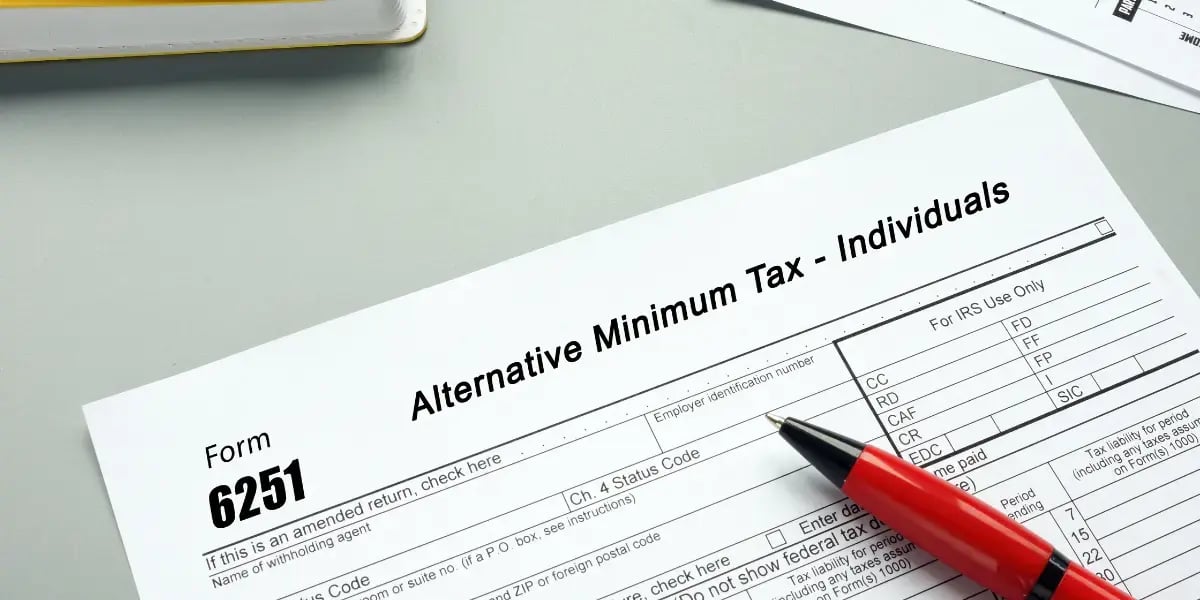


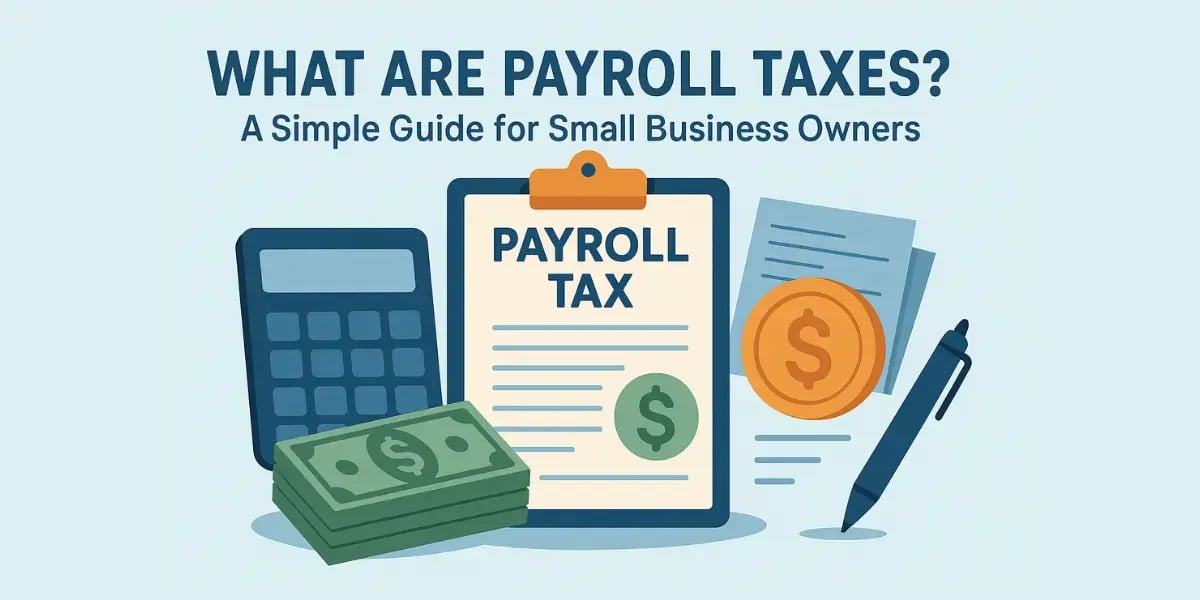


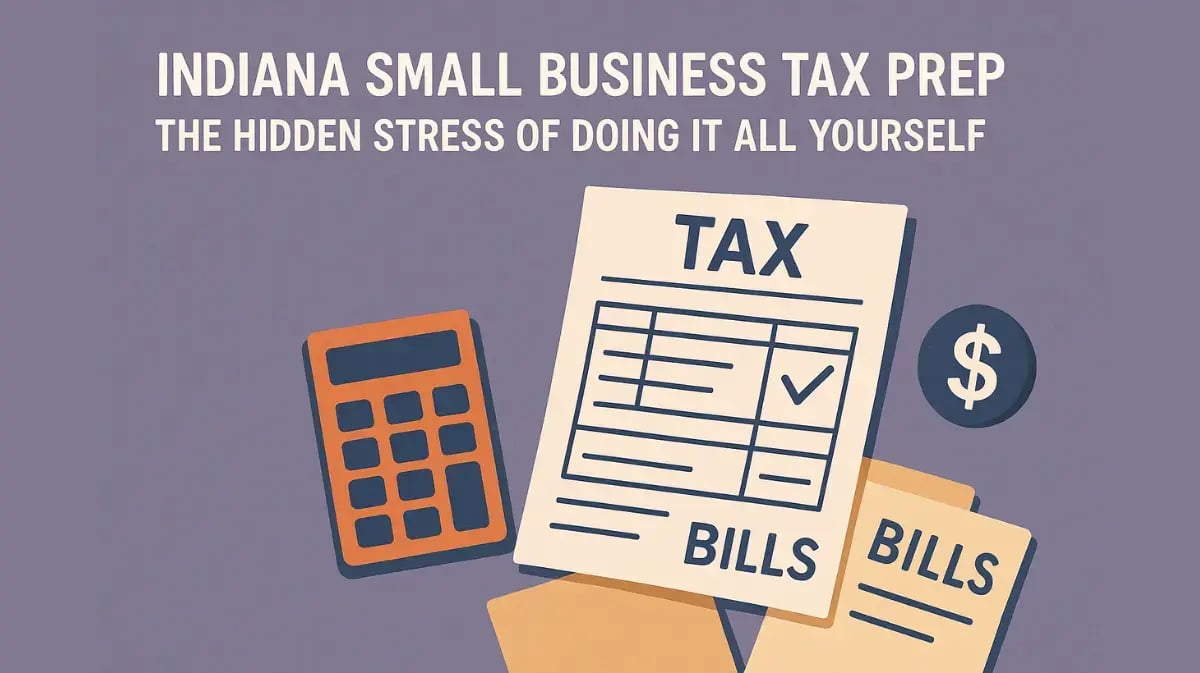


%20Early.webp?width=1200&height=673&name=5%20Consequences%20of%20Withdrawing%20from%20a%20401(k)%20Early.webp)
